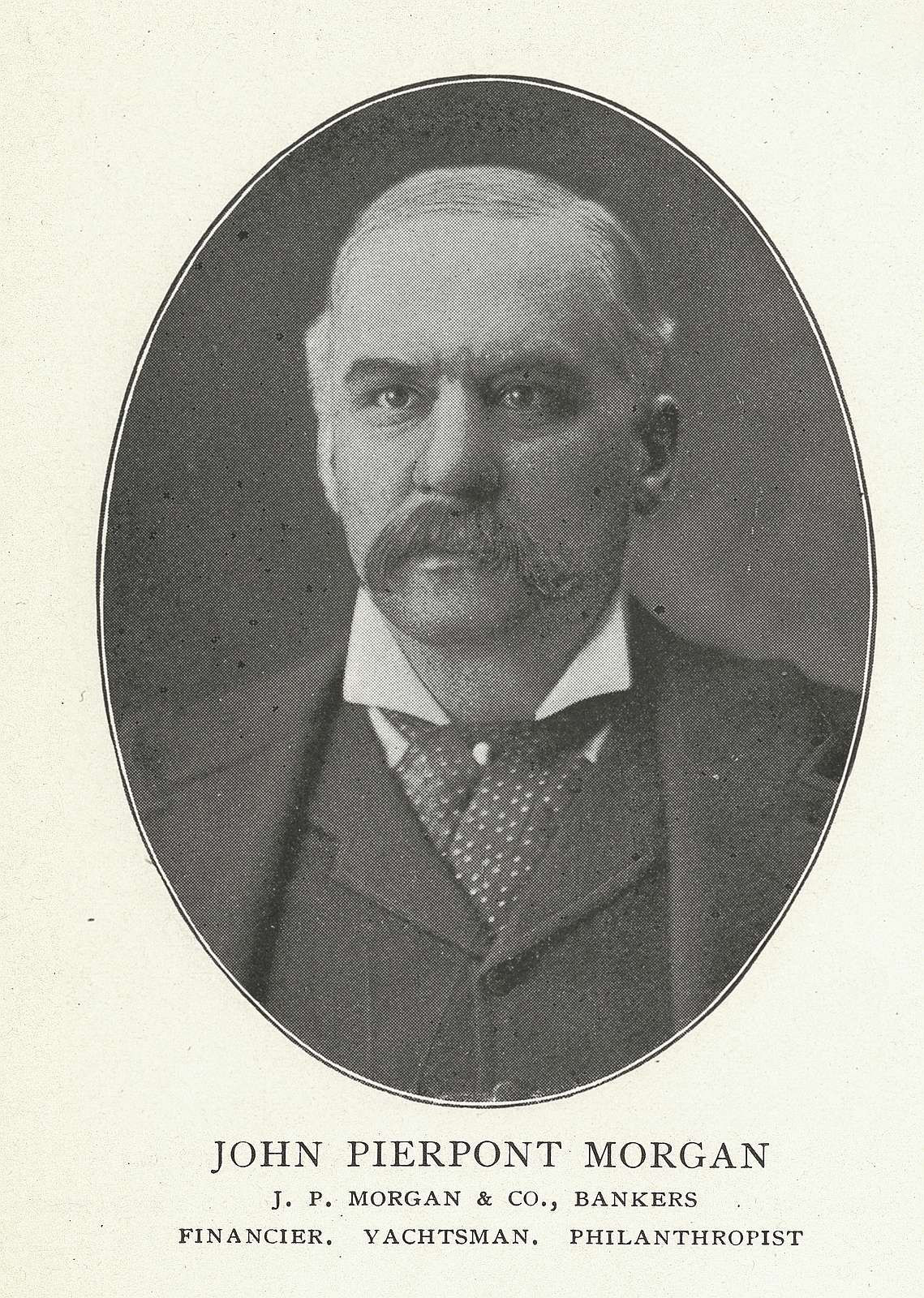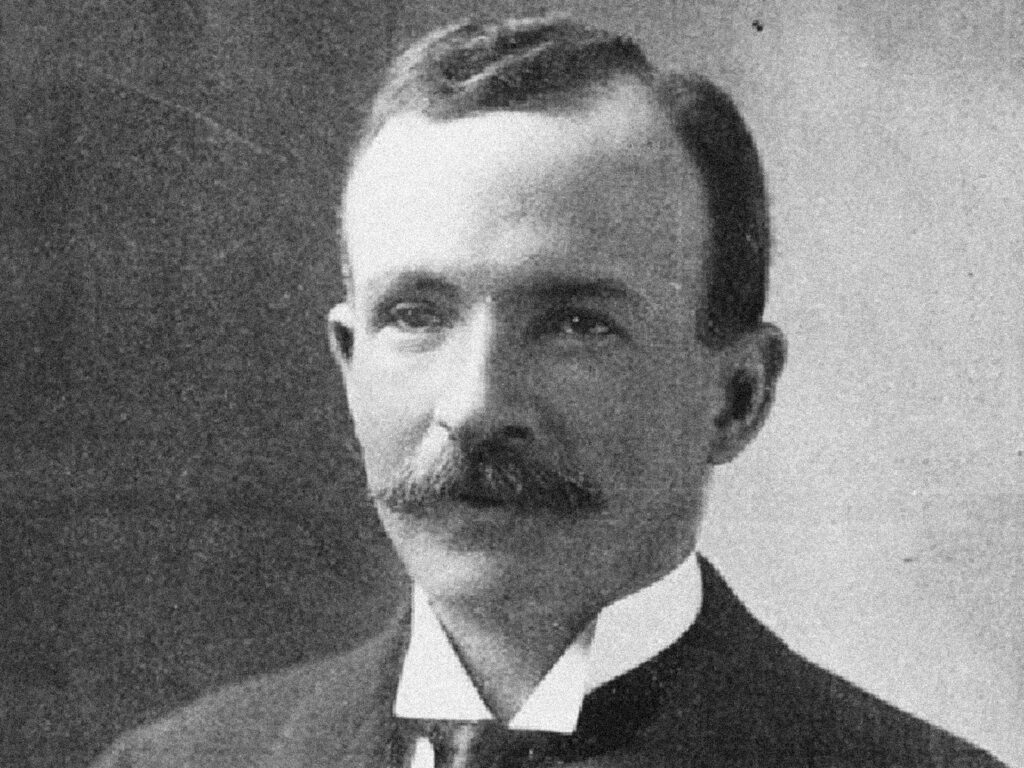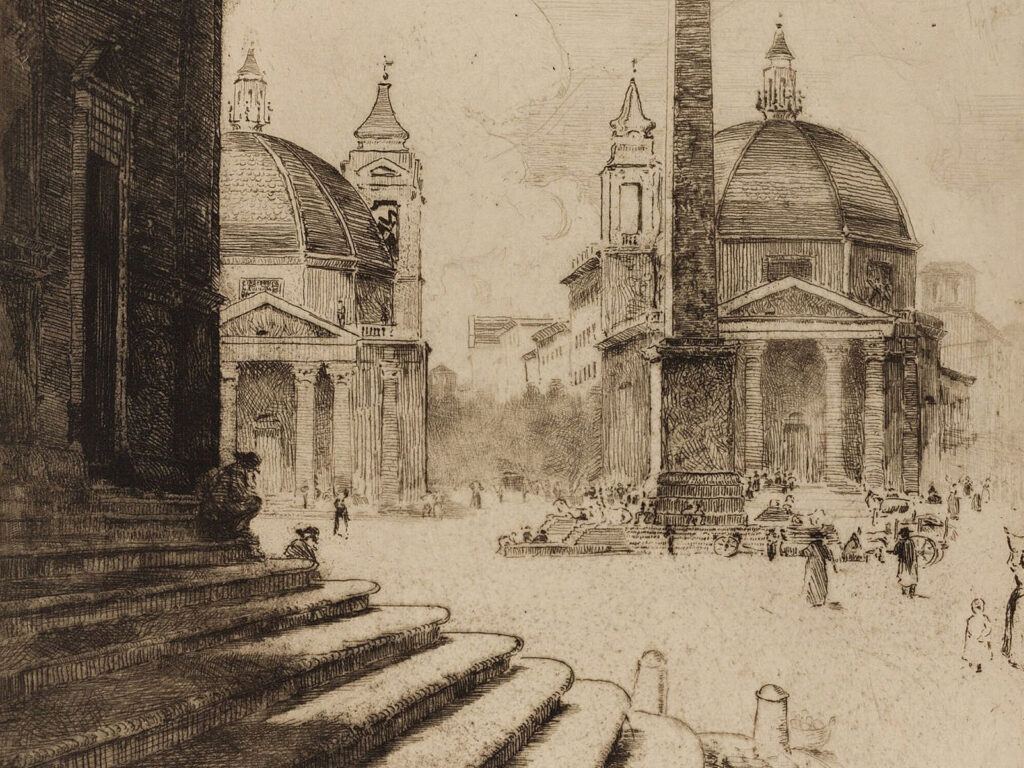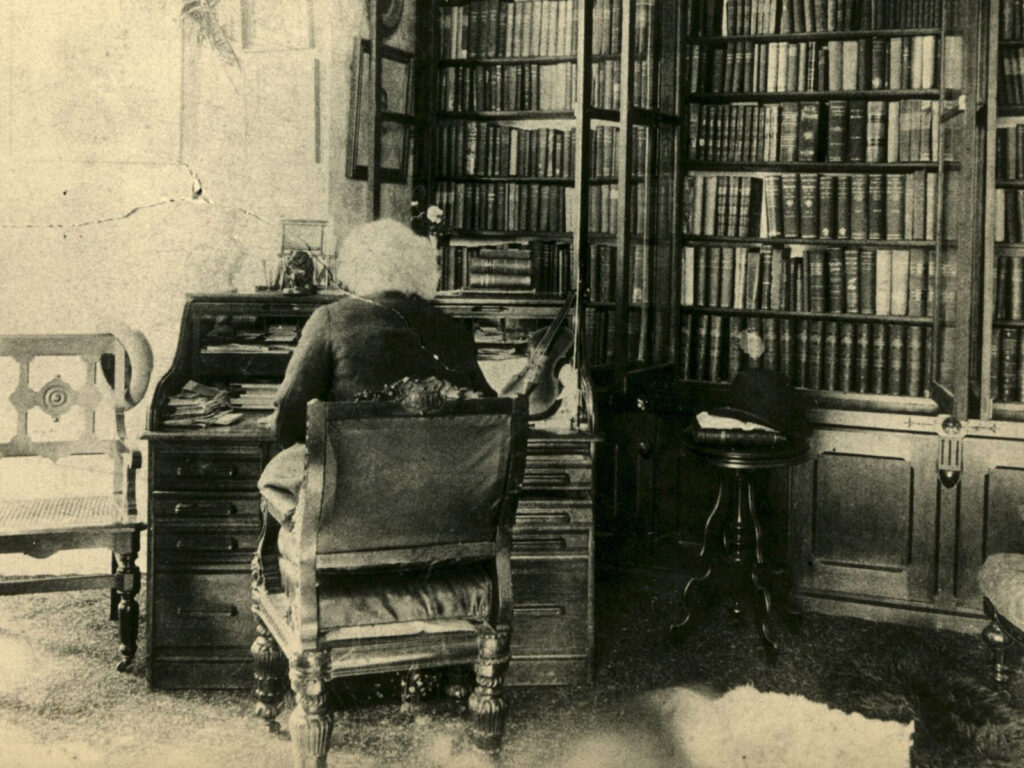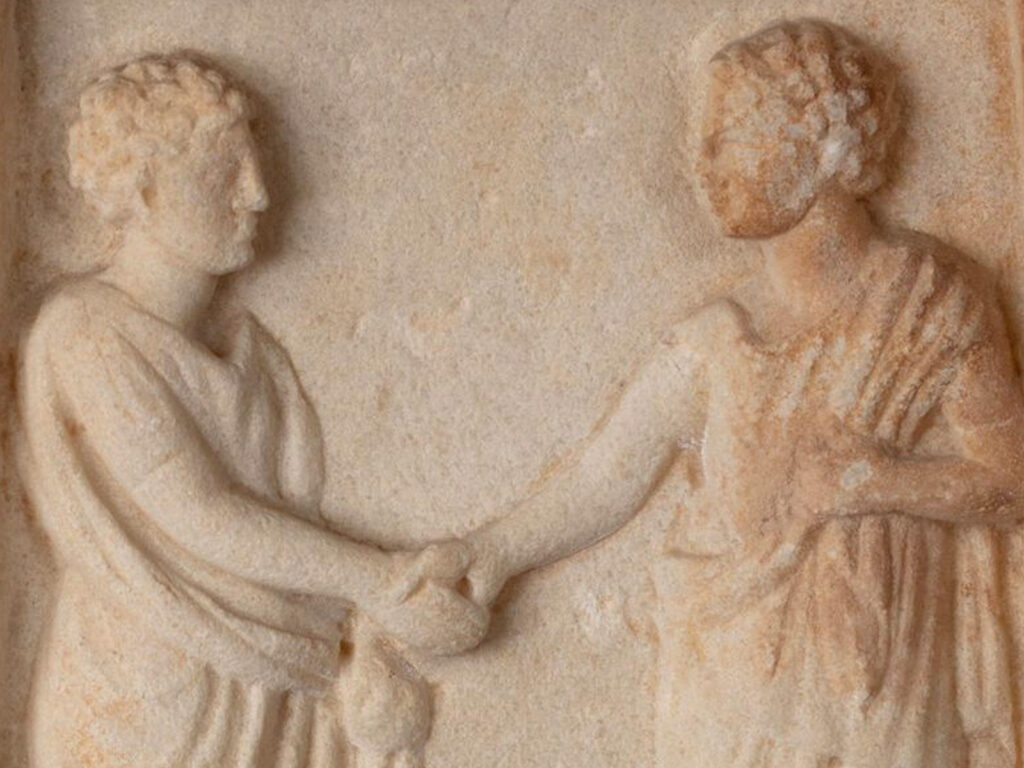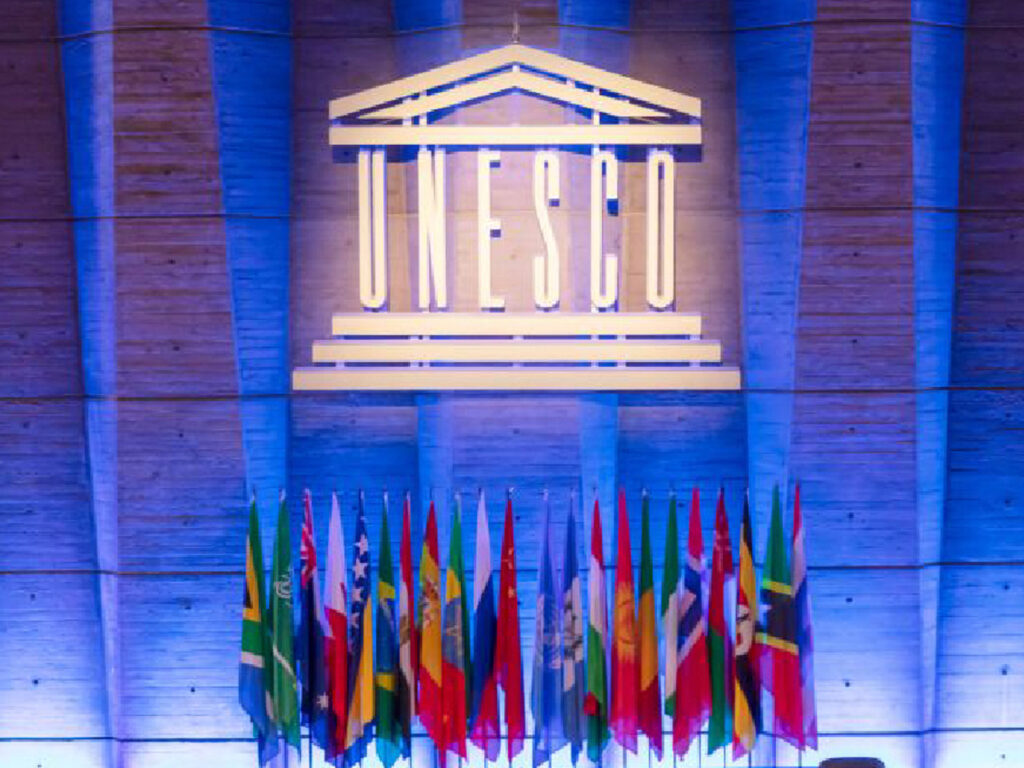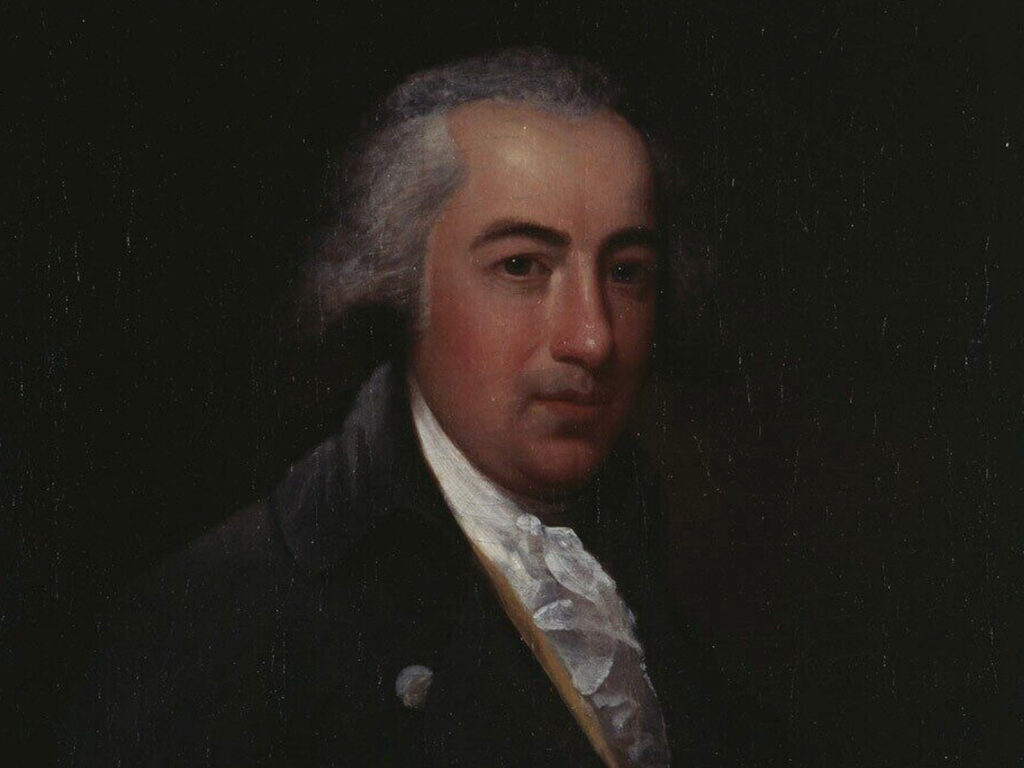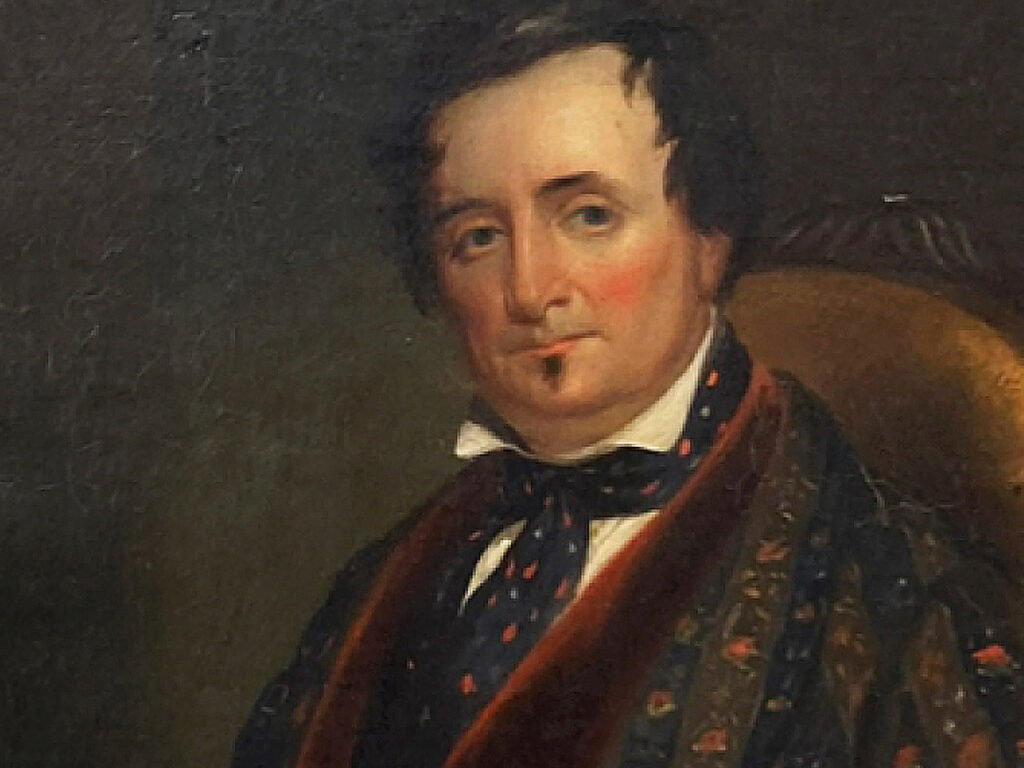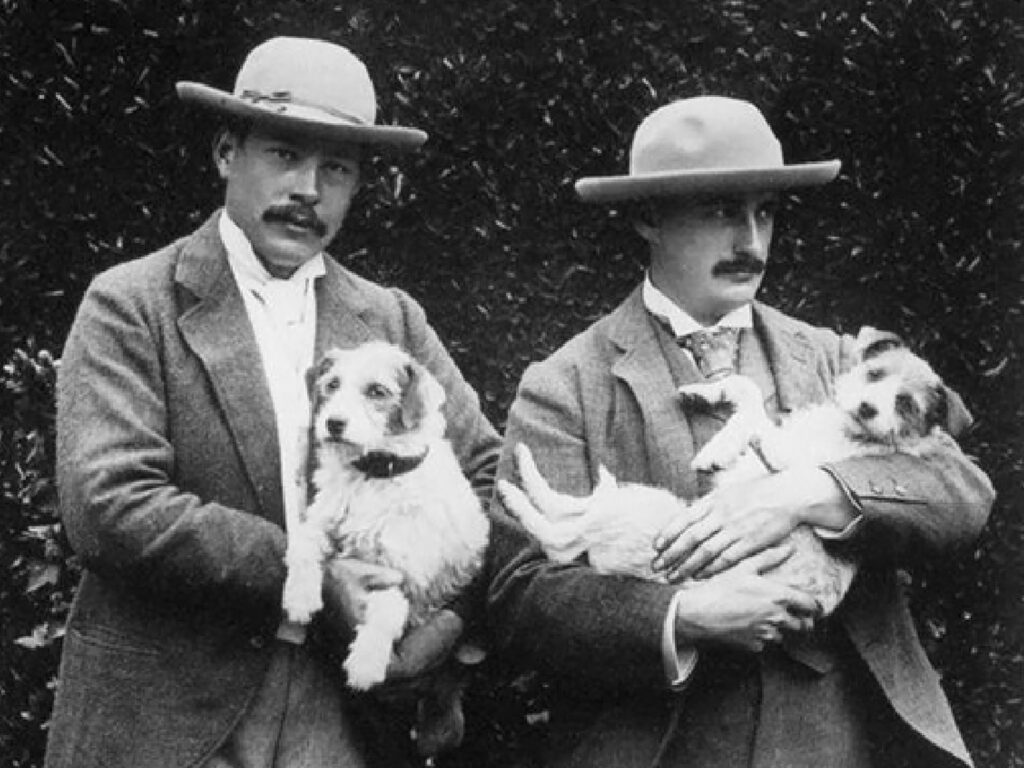The Morgan family was one of the wealthiest and most elite of the Gilded Age. John Pierpont (J.P.) Morgan (1837–1913) was born in Hartford, Connecticut, and moved with his family when he was fourteen to Boston and then London. Educated in America, Switzerland, and Germany, he entered into a career in international banking and railroads alongside his father, Junius Spencer Morgan. Fluent in French and German, J.P. Morgan was one of the richest and most powerful men of his time. As his career flourished, he became increasingly interested in using his wealth for philanthropy and collecting. Although not formally educated in art history or connoisseurship, Morgan accumulated a taste for works of art of rarity and high quality through his travels and his family’s lavish lifestyle.
The Gilded Age elite’s propensity to acquire fine art and antiquities emerged from a combination of their newly obtained wealth and their classical education. Unlike some of the other Gilded Age collectors, Morgan collected an eclectic and encyclopedic range of works: rare books, illuminated manuscripts, fossils, gems and minerals, indigenous North and South American art and artifacts, Byzantine and medieval ivories and enamels, Old Master paintings, furniture, watches, tapestries, armor, and ancient Mediterranean and Near Eastern sculpture. Whereas Edward Perry Warren (1860–1928), for instance, pursued primarily objects from Greek and Roman antiquity, Morgan acquired almost anything as long as it fulfilled his primary requirements: rarity, quality, and aesthetics. He reputedly said, “No price is too high for an object of unquestioned beauty and known authenticity.”
Morgan involved himself heavily in museums. He was one of the founding members of the American Museum of Natural History, serving on its board from its opening in 1869 until his death in 1913. He was also one of the museum’s lead donors, often anonymously. He contributed collections of gems and minerals, fossil vertebrates, ancient South American artifacts, Native American costumes, and the mummy of a man from the Chuquicamata copper mine in northern Chile. He also donated hundreds of thousands of dollars to the construction of Manhattan’s Cathedral of St. John the Divine in the 1890s, along with other Gilded Age financiers Cornelius Vanderbilt, John Jacob Astor, William Waldorf Astor, and former New York State governor Levi P. Morton.
Morgan began decades of influence and involvement with the Metropolitan Museum of Art when he became a patron in 1871. He was named as a trustee in 1888, donated many works of art beginning in 1897, and became president of the museum in 1904 (holding the office until his death in 1913). During Morgan’s tenure, the board of trustees included “like-minded millionaires and elite social arbiters.” After his death, Morgan’s son donated approximately seven thousand objects from his father’s collection to the museum. Many of the works had previously been on loan to nearly every curatorial department. The gift was one of the largest and most varied the Met ever received.
Having lived his early years in Hartford, Morgan long remained connected to that community through family and philanthropy. In 1889, hearing of the financial problems being faced by the Wadsworth Atheneum Museum of Art, Morgan persuaded his father to contribute $100,000 to the museum, himself adding $50,000 to the donation. In 1910, Morgan financed a large addition to the museum, which was completed in 1915, two years after his death. In 1917, when Morgan’s son was arranging for the distribution of his father’s art collection and giving a large portion to the Metropolitan Museum of Art, the Wadsworth received Morgan’s collection of ceramics, ivories, and ancient bronzes. Several of these objects now at the Wadsworth are among the best examples of their type in the world.
